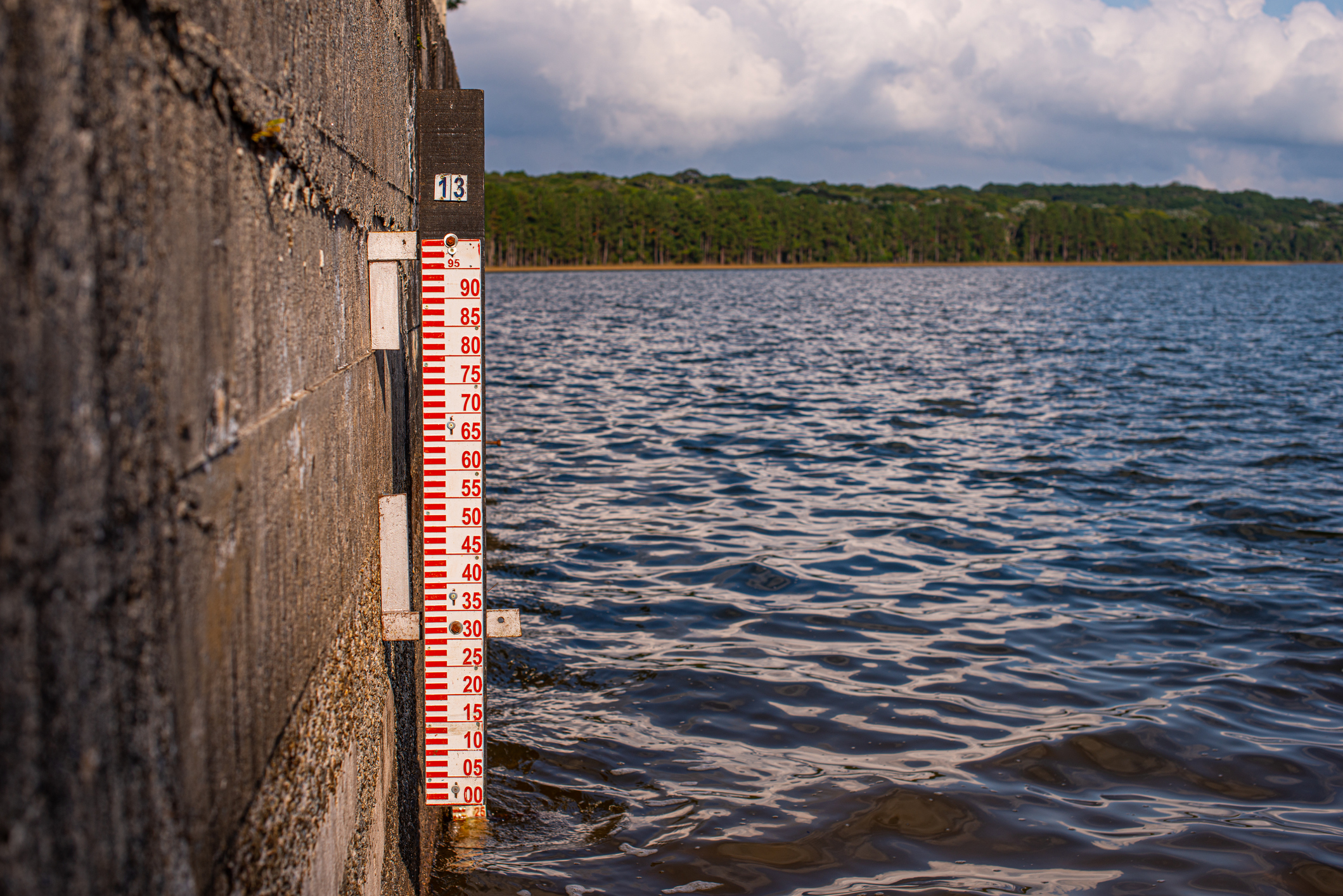The scale of the external challenges facing water companies is unprecedented.
Water is scarce. I know it’s an odd statement given we have 133 days of rain in Britain every year…but it's true. Maybe I should be more specific, the type and quality of water we need for our day-to-day lives is scarce. It costs money to capture water, process it and stop it from being lost and polluted.
With a backdrop of a rapidly increasing population and dramatic climate change, the scale of the external challenges facing water companies is unprecedented. From the plan to half leakage levels by 2050 set out in the Leakage Routemap, to Defra’s calls for a 20% reduction in water usage per person by 2037, the industry is facing ambitious targets to tackle water scarcity head on. Now, on top of that, there are heightened concerns about the cost of living which mean we need to make smart economic choices.
I’m committed to continuing Arqiva’s work towards securing the long-term resilience of the UK’s water networks.
 As we look towards PR24 and AMP8, Ofwat has called for long-term plans which are both resilient and adaptable. Metering water usage unlocks clear benefits for customers, water companies and society at large and with any decisions made now effectively locking water companies into a 15-year path, they must choose an approach that is not only future-proof but also builds flexibility.
As we look towards PR24 and AMP8, Ofwat has called for long-term plans which are both resilient and adaptable. Metering water usage unlocks clear benefits for customers, water companies and society at large and with any decisions made now effectively locking water companies into a 15-year path, they must choose an approach that is not only future-proof but also builds flexibility.
...always-on, connected water metering – specifically Advanced Metering Infrastructure (AMI) - could deliver up to £2.2bn in net benefit across England and Wales.
Data-driven benefits of AMI meters
Arqiva’s purpose is “enabling a switched-on world to flow”. That’s why we help our customers, the water companies, to understand what is continuously being consumed in the home and where it is being lost. Metering water usage can inform the customer and encourages consumption reduction, improves the accuracy and fairness of bills, helps detect leaks and enables broader societal and service-related benefits. But not all smart metering technologies are made equal, the evidence for which is set out in new research commissioned by Arqiva from Artesia and Frontier Economics which was published recently. If water companies invest and implement with the right level of ambition, always-on, connected water metering – specifically Advanced Metering Infrastructure (AMI) - could deliver up to £2.2bn in net benefit across England and Wales. That’s in comparison to the up to £0.4bn achievable through the use of ‘drive-by’ AMR meters, enabled by either hand-held or vehicle-mounted readers. Always-on connected meters can not only deliver greater benefits but deliver them faster.
The key differentiator is the continuous, valuable, granular data that AMI technology provides. Compared with infrequent “drive-by” AMR meter readings, water companies can build more complete and frequent datasets by utilising always-on connected meters. In turn, this can reduce water consumption, lower carbon emissions and improve the efficiency in addressing leaks.
Cutting down customer costs
On top of the direct cost benefits, having more detailed data from always-on connected meters also opens up a broader set of potential benefits than you’d receive with drive-by meters. This allows companies to directly enhance the customer experience and drive down bills.
While meter data can improve billing accuracy and network monitoring, the insights it offers can also advance customer engagement. Armed with a clear understanding of their customers’ water consumption habits, providers can communicate ways to change their behaviour for the better. Thames Water provides a compelling example of this. Driven by its data collection, the provider was able to better target its water efficiency audits and support vulnerable customers. Through education on water usage, customers saw bill reductions of 8%-17%.
Frequent and accurate data on water usage, giving better visibility over consumption patterns, would also enable the ability to introduce future flexible tariff options around time-of-use, peak demand and drought resilience. And what’s more, with consumers battling against the spike in the cost of living, a comprehensive always-on water metering programme using AMI has shown the total costs incurred by water companies would be reduced and could benefit customers in the form of lower bills.
Time is running out
There’s a clear social and economic case for the deployment of AMI technology to ensure economic and societal challenges around water resources are met.
But providers must act now. Under the five-year planning cycle, a delay at this stage could push the rollout of AMI to the mid-2030s for some companies – impacting their ability to achieve leakage, sustainability and consumption reduction targets. To truly realise the benefits of smart water metering and tackle water scarcity, AMI technology and always-on, connected meters must be a core component of the PR24 and AMP8 period.
Views

New research: the risks and opportunities around smart water metering investments

New research: achieving the optimal smart water metering solution

Living with less: planning for a water-scarce future
